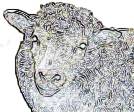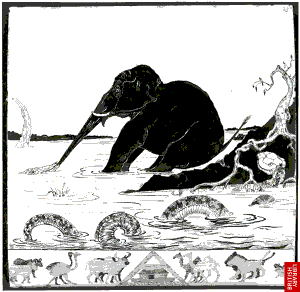 The duck-billed platypus takes true honors although the species has only been around about 100,000 years. This creature's basic design, however, has endured for about 110 million years — one of the longest-lived successful body plans, say Ondine Evans and Anne Musser of The Australian Museum The champs with this good survival strategy are the egg-laying monotremes, a group that evolved about 110 million years ago in the mid Cretaceous period. (See chart.)
The duck-billed platypus takes true honors although the species has only been around about 100,000 years. This creature's basic design, however, has endured for about 110 million years — one of the longest-lived successful body plans, say Ondine Evans and Anne Musser of The Australian Museum The champs with this good survival strategy are the egg-laying monotremes, a group that evolved about 110 million years ago in the mid Cretaceous period. (See chart.)The duckbill platypus is a current member of the ancient monotreme group. Indeed she harkens back to an even earlier design — that of the mammal-like reptiles that predated the dinosaurs by 80 million years and lived in the late Carboniferous period, about 300 million years ago.
The platypus is an unusual mammal. She lays eggs. She waddles like a reptile with legs to the side rather underneath her body. She has a single orifice for all systems: urinary, excretory, and reproductive. That's the origin of the word "monotreme": Mono – Greek for "one," trema – Greek for "hole." A simple, successful design.
Storytellers: Ondine Evans and Anne Musser of The Australian Museum
http://www.usatoday.com/tech/columnist/aprilholladay/2005-01-14-wonderquest_x.htm
Story Reteller: April Holladay, Wonderquest, USA today
Story Research: Duck-billed platypus: Primitive or not?
11/23/07 -The "implausible" platypus continues to surprise







.jpg)























No comments:
Post a Comment